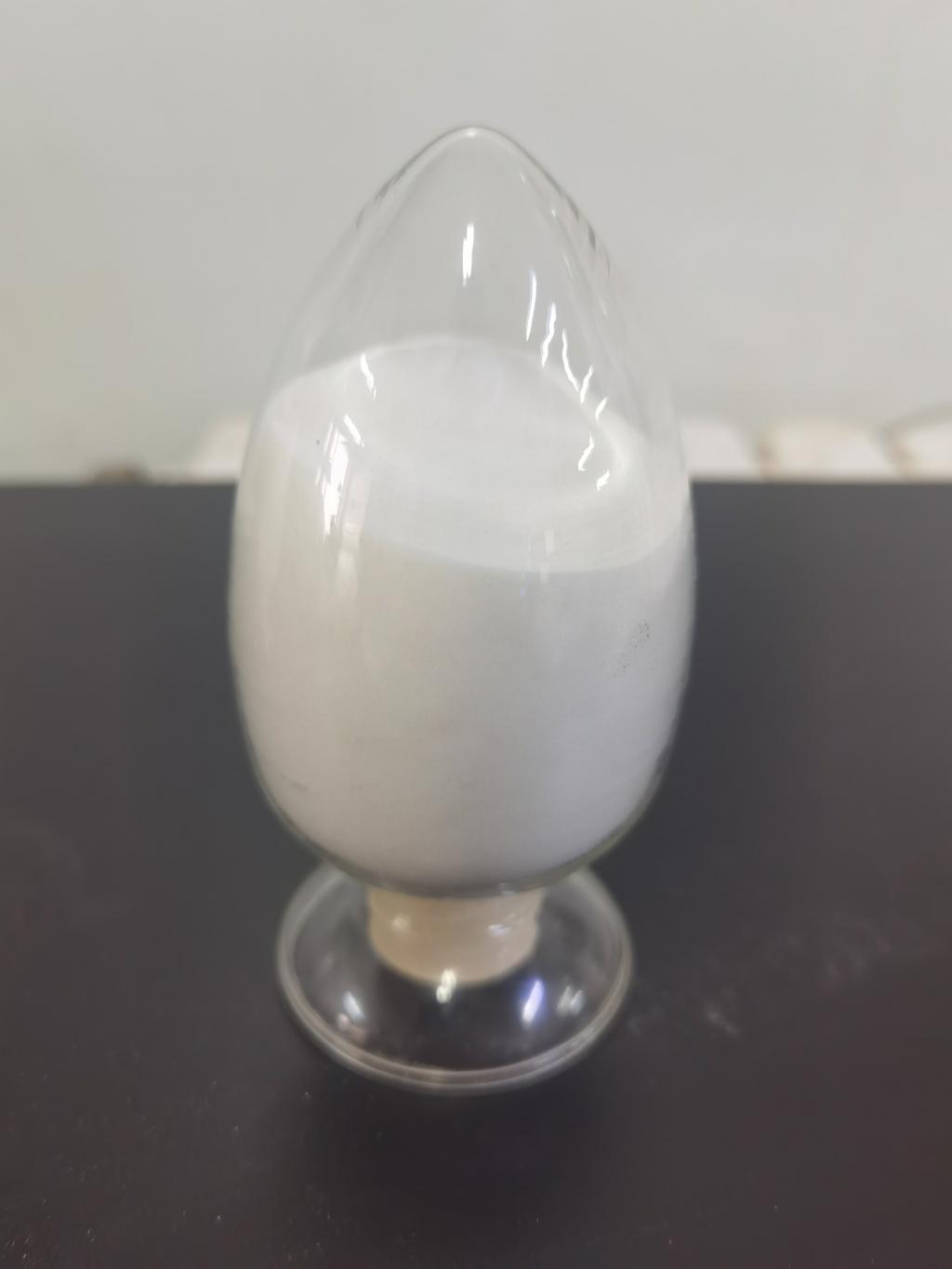Tel:+8618231198596

News
 CONTACT
CONTACT
 CONTACT
CONTACT
- Linkman:Linda Yao
- Tel: +8618231198596
- Email:linda.yao@dcpharma.cn
- Linkman:CHARLES.WANG
- Department:Overseas
- Tel: 0086 0311-85537378 0086 0311-85539701
News
Current Position:
Home >
News
>Advancements in Personalized Medicine: The Role of ε-Polylysine Hydrochloride
Advancements in Personalized Medicine: The Role of ε-Polylysine Hydrochloride
TIME:2024-01-16
Introduction:
Personalized medicine represents a paradigm shift from the one-size-fits-all approach to healthcare. The integration of individual genetic information, lifestyle factors, and environmental exposures has paved the way for more precise and effective medical treatments. This article aims to delve into the role of ε-polylysine hydrochloride in the evolving landscape of personalized medicine.
Personalized Medicine: A Brief Overview
2.1 Definition and Principles:
Personalized medicine, also known as precision medicine, involves tailoring medical care to the specific characteristics of each patient. This section provides an overview of the core principles of personalized medicine, emphasizing the importance of genetic information, biomarkers, and targeted therapies.
2.2 Advancements and Applications:
Recent advancements in technology, particularly in genomics and proteomics, have propelled personalized medicine into the forefront of medical research. This section highlights key breakthroughs and applications, including the use of targeted therapies, companion diagnostics, and the integration of big data in healthcare.
ε-Polylysine Hydrochloride: Molecular Insights
3.1 Structure and Function:
Understanding the molecular structure and function of ε-polylysine hydrochloride is crucial for elucidating its potential role in personalized medicine. This section explores the unique features of ε-polylysine hydrochloride, emphasizing its antimicrobial properties and the factors that contribute to its specificity.
3.2 Interaction with Personalized Medicine:
Research indicates that ε-polylysine hydrochloride may have specific interactions with personalized medicine approaches. This could include its role as a targeted therapy, potential synergies with specific genetic profiles, and its adaptability to individualized treatment plans. This section explores the molecular basis for these interactions.
Recent Developments in ε-Polylysine Hydrochloride Research:
This section reviews the latest developments in ε-polylysine hydrochloride research, including studies that have explored its efficacy in various disease contexts. Recent findings related to its impact on specific genetic mutations or biomarkers are discussed, shedding light on its potential role in personalized medicine.
Challenges and Opportunities:
While the potential benefits of integrating ε-polylysine hydrochloride into personalized medicine are promising, challenges and opportunities exist. This section discusses the current limitations, such as bioavailability and delivery issues, as well as the opportunities for further research and refinement of this compound in the context of personalized treatments.
Future Directions:
The integration of ε-polylysine hydrochloride into personalized medicine opens the door to exciting possibilities. This section explores potential future directions, including clinical trials, refinement of treatment protocols, and the development of personalized therapies based on individual patient characteristics.
Conclusion:
In conclusion, ε-polylysine hydrochloride stands at the intersection of groundbreaking advancements in personalized medicine. Its unique properties and molecular interactions offer a new avenue for tailored medical interventions. As research continues to unfold, the integration of ε-polylysine hydrochloride into personalized medicine holds the promise of revolutionizing treatment strategies and improving patient outcomes.
- Tel:+8618231198596
- Whatsapp:18231198596
- Chat With Skype







